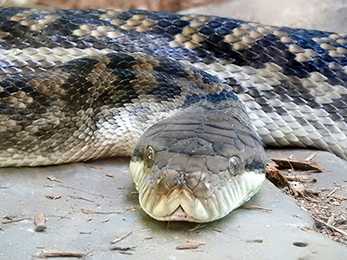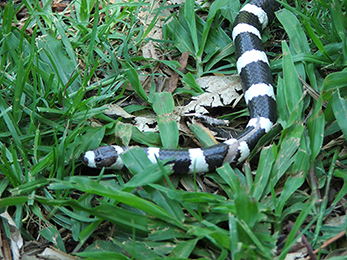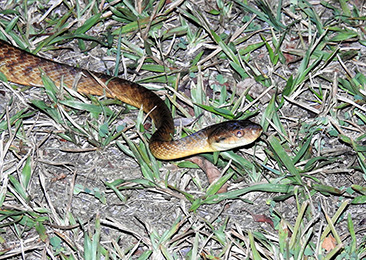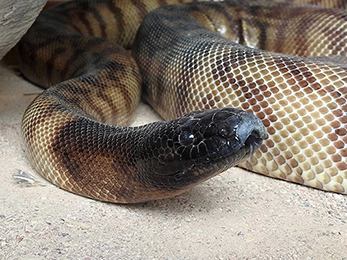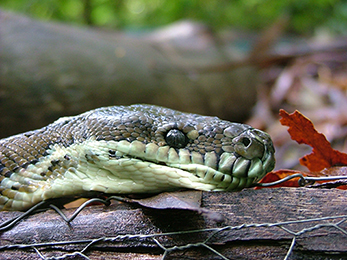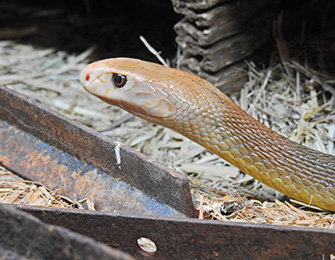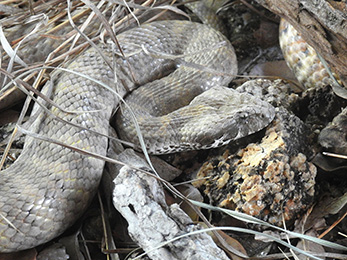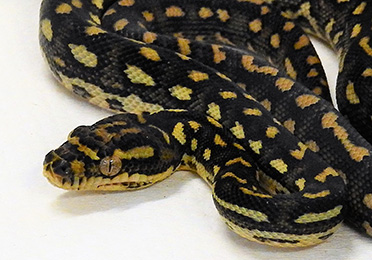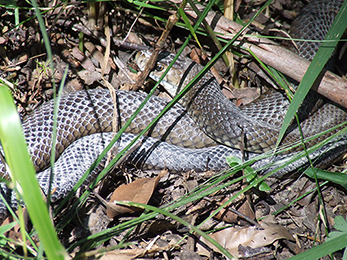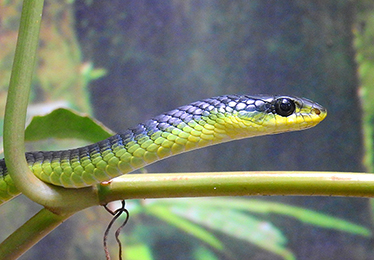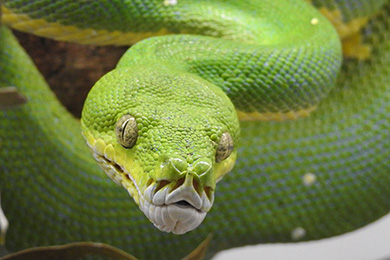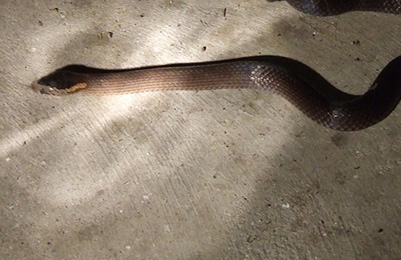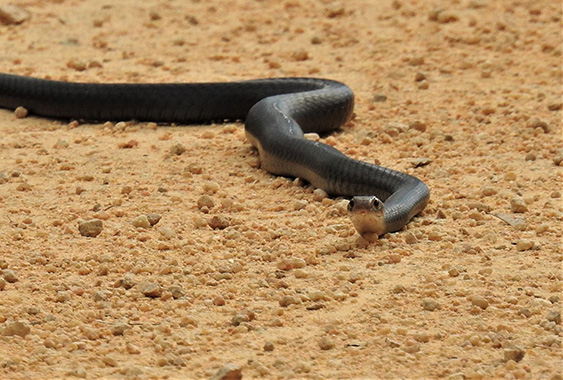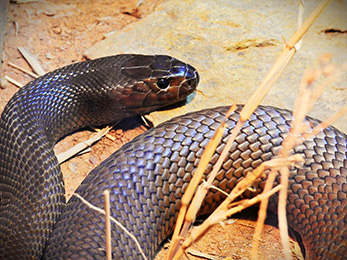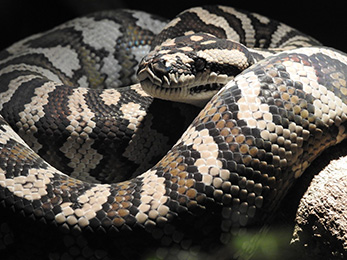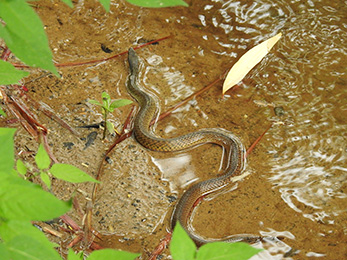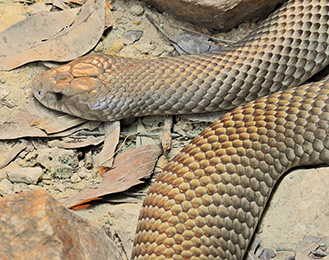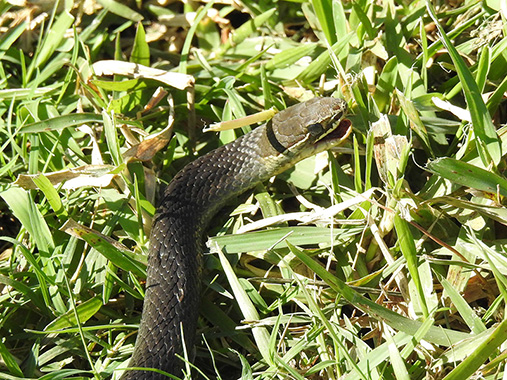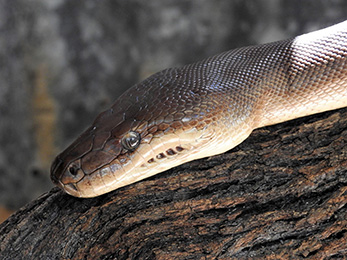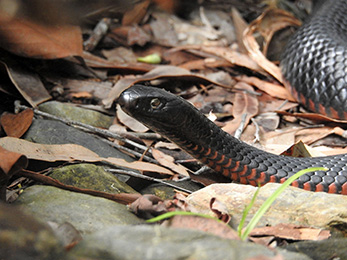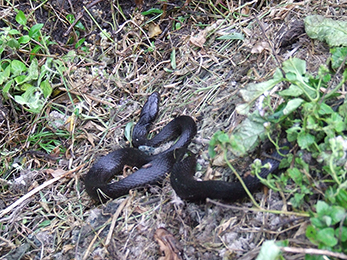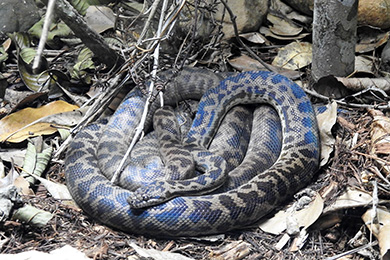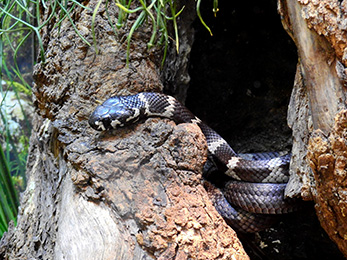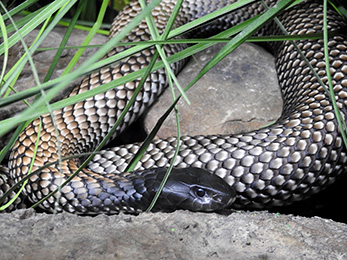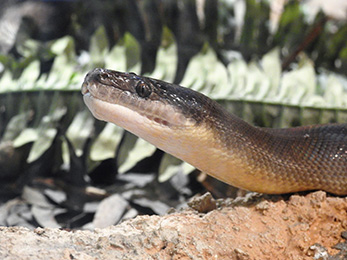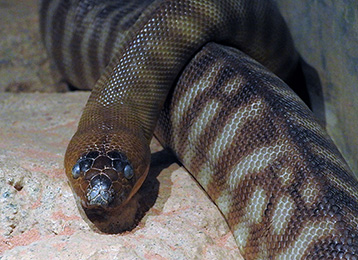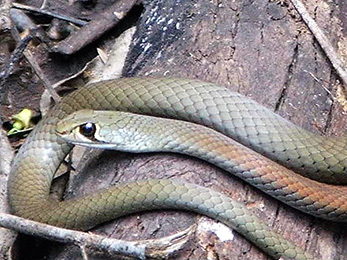AUSTRALIAN SNAKES
The Slithering Story of Australia’s Snakes
Australia’s landscapes are alive with movement, sound, and colour — and among its most mesmerising inhabitants are snakes. With around 140 species of land snakes and about 30 species of sea snakes, these reptiles are an essential part of the continent’s biodiversity, weaving their way through deserts, forests, wetlands, and even coastal waters.
Let’s journey through the world of Australian snakes to better understand their role in nature, their fascinating adaptations, and why protecting them matters.
Snakes Across the Landscape
From the red sands of the Outback, where heat shimmers in waves, to the misty rainforests of Queensland, where the air is thick with the scent of damp earth and blossoms, snakes have found a home in nearly every environment. Some species are tiny and secretive, slipping through cracks in rocks or leaf litter, while others grow to impressive lengths, gliding silently through tall grass or waterways.
Their colours and patterns are as varied as the landscapes themselves: earthy browns that blend with soil, vivid greens that vanish among leaves, or striking bands of black and white that serve as warning displays.
The Role of Snakes in the Food Web
Snakes are carnivores, and their diet includes:
- Small mammals such as rodents
- Birds and their eggs
- Frogs, especially in wetter habitats
- Other reptiles, sometimes even other snakes
By feeding on these animals, snakes help control populations that might otherwise grow too large, maintaining balance within ecosystems. Without snakes, rodent numbers, for example, could increase drastically, leading to damage of crops and natural vegetation.
Venom: A Tool of Survival
Australia is renowned for having some of the world’s most venomous snakes — including the Inland Taipan and the Eastern Brown Snake. However, venom is not designed for humans. It evolved as a way for snakes to:
- Subdue prey quickly
- Begin digestion before swallowing
Most snakes would rather avoid people altogether. Biting is a last resort, usually when they feel cornered or threatened.
Sea Snakes: Masters of the Ocean
Beyond the shorelines, Australia is home to about 30 species of sea snakes. These remarkable reptiles have adapted to marine life with:
- Flattened tails for swimming
- The ability to absorb oxygen through their skin, helping them stay underwater longer
- Salt glands to remove excess salt from seawater
Though venomous, sea snakes are generally shy and pose little danger if left undisturbed. They drift gracefully through coral reefs and seagrass meadows, feeding mainly on fish.
Snakes in Culture and Spirit
For Indigenous Australians, snakes hold deep cultural and spiritual significance. The Rainbow Serpent, for example, is a powerful figure in many Creation stories, symbolising life, water, and the shaping of the land. Snakes often feature in art, songlines, and ceremonies, representing cycles of renewal and the strength of nature.
Understanding and Respecting Snakes
Despite their important role, snakes are often feared or misunderstood. Yet, they are not aggressive by nature. When encountered in the wild — or even in suburban backyards — the safest approach is simple:
- Give them space
- Do not attempt to handle them
- Allow them to move on naturally
Snakes are far more interested in avoiding us than seeking conflict.
Conservation: Protecting the Balance
Like many species, snakes face challenges:
- Habitat destruction from urban expansion and agriculture
- Pollution, which impacts their food sources and environments
- Climate change, altering the ecosystems they rely on
By safeguarding their habitats, we not only protect snakes but also the delicate balance of ecosystems they help maintain.
Snakes may glide silently through the world, but their presence speaks volumes about the richness of Australia’s natural heritage. They are guardians of balance, symbols of culture, and remarkable survivors of one of Earth’s most diverse landscapes.
Through understanding and appreciation, we can replace fear with respect — ensuring that these extraordinary reptiles continue to thrive for generations to come.

